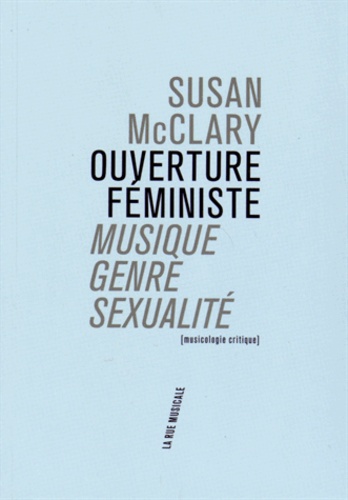

I might leaf through the program.ģ Once the concert begins, I know exactly how to behave I know it so well that I don’t even think of it as a way of behaving, more as a natural response to the presence of the music. Before the music begins, I might look around the hall, noticing whether there are empty seats, what kinds of people have chosen to come, what people are wearing or I might be absorbed in conversation with a companion.

If the concert is in the small city where I live, the audience will include many people whom I know if I am visiting a larger city, I might or might not recognize anyone.Ģ For a few minutes, I take note of the people around me, perhaps interacting warmly with people I know or politely with strangers, as we all find our seats. I might be with someone I know, or I might be alone. If the concert hall is small, it will hold a few hundred people a larger hall might have close to 3000 seats. I am imagining that this is a concert of classical instrumental music, perhaps a solo concert, or a performance by a chamber ensemble, or an orchestra. Cet article s’appuie sur leur travail et tente de le prolonger par la prise en compte d’un éventail plus large de subjectivités sexuelles, notamment la subjectivité du « passif » telle que l’a décrite Trevor Hoppe, et la subjectivité « fem » conceptualisée par Ann Cvetkovich.ġ A concert is about to begin, and I enter the space of the performance. Cette discontinuité apparaît comme particulièrement forte quand on considère les propriétés érotiques de la musique, telles que les décrivent brillamment Susan McClary (dans son ouvrage Feminine Endings en 1991) et Suzanne Cusick (dans son article : « On a Lesbian Relationship with Music » datant de 1994). La discontinuité qui existe entre l’expérience et le comportement reflète les puissantes oppositions entre l’intérieur et l’extérieur, le public et le privé qui caractérisent cette culture.
/filters:blur(7)/2f/34/2f34d03494461a99796adb20d4294ea6.jpg)
Cependant, sous ces apparences de conformité tranquille, les auditeurs vivent des expériences diverses et intenses. Les normes du concert de musique classique, telles qu’elles sont fixées dans les contextes européen et étasunien depuis le début du XX e siècle, prescrivent une attitude d’écoute attentive et silencieuse, apparemment uniforme, l’auditoire étant disposé en rangs et les regards des spectateurs orientés tous dans la même direction.


 0 kommentar(er)
0 kommentar(er)
